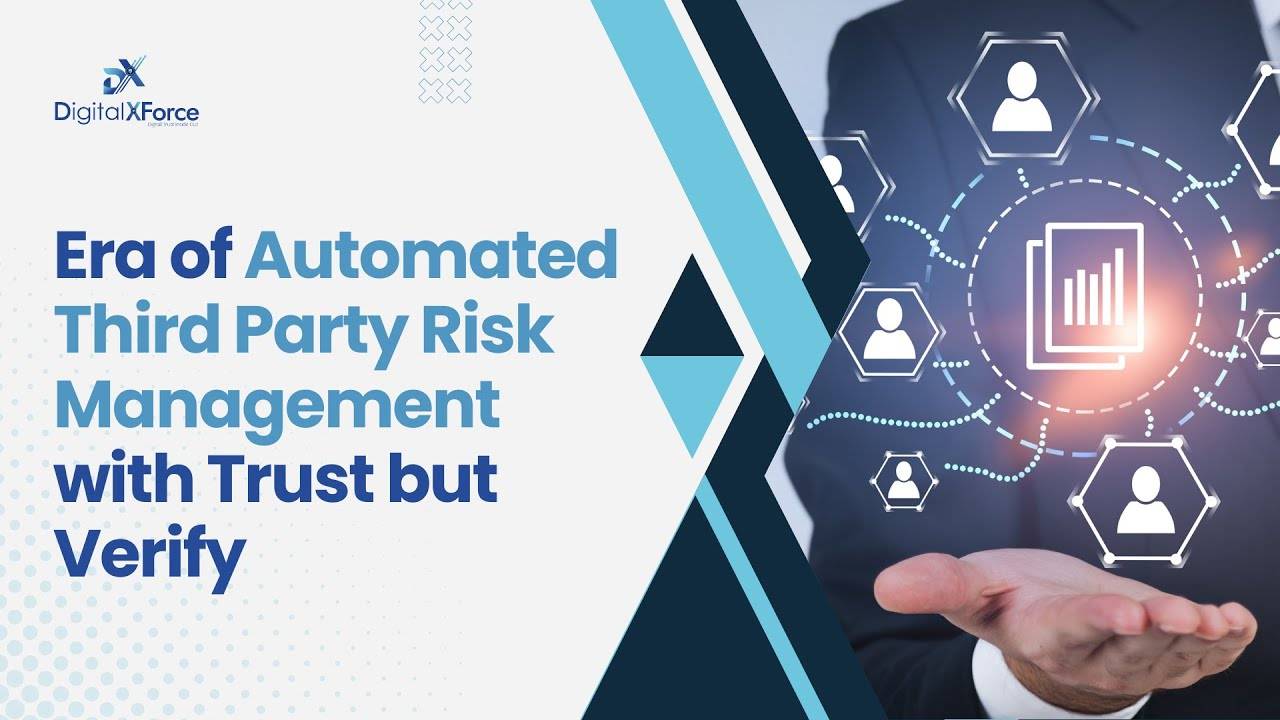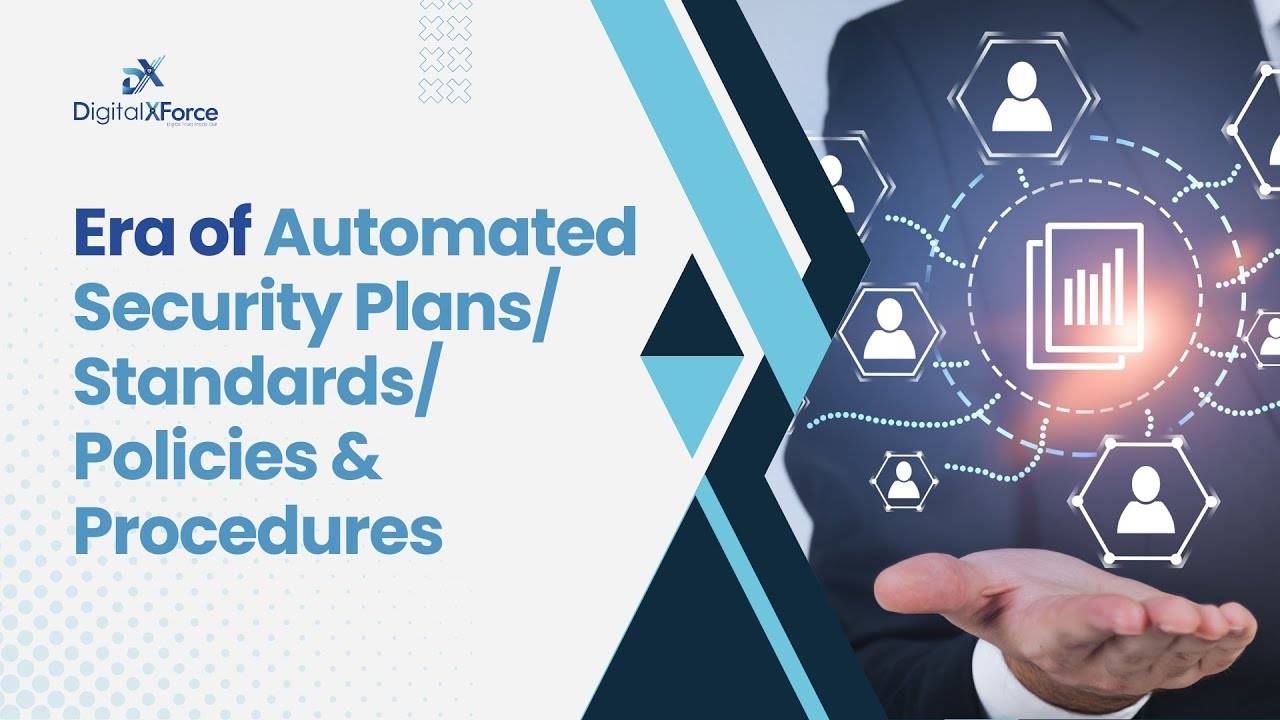The digital world is rapidly evolving. As our reliance on technology continues to increase, so also does the cyber risks involved in using digital assets. Cyber attacks, data leaks, and vulnerability risks have had a fair share of “staining” the entire digital landscape. This begs the question: are we really adapting to these rapid changes or just following the status quo?
Sticking to the accepted cybersecurity tenets encourages a focus ONLY on confidentiality, integrity, and availability – eliminating the true concept of TRUST in human-computer interactions. Here’s something you want to think about. What if we are missing a significant point?
Redefining these tenets will not only take us a step closer to a more balanced digital matrix, but will eventually bridge the gap between cybersecurity and digital trust, and solidify the acceptance of cyber insurance.
This article discusses the need to redefine cybersecurity and explains why adding a “Trust” tenet to the conventional CIA triad will make a lot of difference in cybersecurity and security posture management as we know it today.
What is Cybersecurity and the key tenets of the CIA – Confidentiality, Integrity and Availability?
In a world where data security is top priority, cybersecurity is a very important topic. For decades, we have been made to believe that cybersecurity consists mainly of three Tenets called the “CIA Triad” – which uphold the following pillars: Confidentiality, Integrity, and Availability.
“Confidentiality” means keeping data private and only accessible to authorized personnel. “Integrity” focuses on the accuracy of data and making sure data stays untampered. On the other hand, “Availability” means that data is accessible when needed. These three pillars make up the conventional principles or “tenets” of modern cybersecurity.
When it was defined, it did fit the definition and purpose. We were mainly concerned with “information systems, data, and services” at the time. However, the need and demand for cybersecurity has increased as technology evolves. While the CIA triad is important, it is not enough. In today’s world where we share and exchange data constantly, there’s a need to add a new tenet to the mix – specifically, trust.
But, why do we need to redefine cybersecurity from a trust perspective?
Why There is a Need to Redefine Cybersecurity?
The need to redefine cybersecurity cannot be overemphasized. Cybersecurity is no longer just a concern for IT departments. In today’s world with increasing digital transformations, we are living in an entirely new era. The “Digital Era” as we call it is fueled by smart devices, AI, cloud and mobile devices.
Evidently, our lives are dependent on technology, and in some cases, this makes us incapable of even performing primary tasks as humans. The situation? Over reliance on technology! This situation has worsened with increasing technological advancements. The result? Every organization, regardless of size or industry, is at risk of cyberattack. This is no news. It is already happening.
There are a number of reasons why there is a need to redefine cybersecurity. First, the threat landscape is constantly evolving. Cybercriminals are constantly developing new ways to exploit vulnerabilities in systems and software.
Second, the digital world is becoming increasingly interconnected. The rise of cloud computing, mobile devices, and the Internet of Things has made it easier for criminals to gain access to sensitive data. Third, the cost of a data breach is rising. The average cost of a data breach has increased by 60% in the past five years.
While the risk we knew before used to be around Information Systems and Services with a focus on loss of data, service or finance, it has grown much bigger now. With the adoption of smart devices and new digital methods, however, the risk has increased to include the loss of human life.
Unfortunately, this cannot be addressed or contained within the three Tenets of the traditional “CIA Triad” – Confidentiality, Integrity, and Availability. When faced with such a reality as this, there is only one way out: the pragmatic introduction of a new dimension and Tenet “T – Trust” which focuses on building trust across digital interactions.
Understanding the New Dimension “T – Trust” and Digital Trust
Trust is the foundation of any successful relationship, and it’s no different when it comes to human-computer interactions in cybersecurity. When we trust our systems and our data, we’re more likely to use them safely and securely. In order to redefine cybersecurity, we need to focus on building trust.
For instance, creating systems that are secure, reliable, and transparent and educating users about cybersecurity risks and how to protect themselves will not only build trust, but will also save lives because of risk awareness. By focusing on trust, we can create a more secure and resilient cyber environment and security posture.
Just like the conventional CIA triad for Information Systems, digital trust is the foundation for any digital business and helps build confidence in the consumption of digital services and other digital interactions. Digital trust is built on factors such as security, privacy, transparency, and accountability. From integrated risk management, performed and measured in real time, to factual and data driven insights validated on a continuous basis with automation, the importance of digital trust in Cybersecurity cannot be overemphasized.
Let’s consider some of the following supporting pillars for a new “T-Trust” tenet in cybersecurity:
Integrated Risk Management: Digital trust in integrated risk management ensures the provision of integrated insights on an organization’s security posture, how it manages threats, security risks, and all other aspects of operations, including its physical and information security, as well as its people and processes.
Continuous Monitoring: When trust becomes a priority, continuous monitoring is the only way to track progress or failure. This concerns the collection, analysis, and constant tracking of digital assets to avoid security breaches.
Real-time Data Insights: Data is data, but generating real-time data insights makes the difference. This dimension ensures that all data comes directly from the source. In this case, collected and registered is displayed in real time with no third-parties tampering the data flow.
Data Driven Facts: Unlike the CIA triad, the T-Trust tenet encourages the use of analytical and data driven approaches to make fact-based assertions about cybersecurity. This dimension is achievable with real-time data insights.
Proactive Defense: One of the ways to ensure security risk mitigation is through predictive analysis with a proactive defense approach. Emerging cyber threats making waves in today’s digital landscape have made proactive solutions a necessary recipe for digital trust.
As seen above, the TRUST tenet is becoming increasingly important as our reliance on technology grows. In the past decade, security was primarily focused on protecting information and financial assets. However, as technology becomes more pervasive in our lives, security must also focus on protecting people.
For example, a cyberattack could be used to control critical infrastructure, such as power grids or transportation systems. This could lead to loss of life or property damage. This calls for a CIAT framework (confidentiality, integrity, availability, and trust) which provides a more comprehensive approach to cybersecurity.
Conclusion
The conventional CIA triad of confidentiality, integrity, and availability (CIA) is a good starting point for defining cybersecurity, but it is just one side of the coin. In order to evolve to a safe and secure digital era, there’s a need to shift focus from “standard cybersecurity” to “Digital Trust”. Admittedly, the security risk profile has shifted from just information and financial loss to loss of life. This means that the “trust” dimension must take center stage as a new definition of cybersecurity.
To build confidence in the responsible consumption and usage of emerging technologies, our digital ecosystem and services must adhere to not only “Confidentiality, Integrity, or Availability” but also the “Trust” tenet. As a result, the “CIA” must be changed to “CIAT” for cybersecurity. By incorporating the trust tenet, or CIAT, organizations can better protect their data, systems, and people.
Trending Articles:



